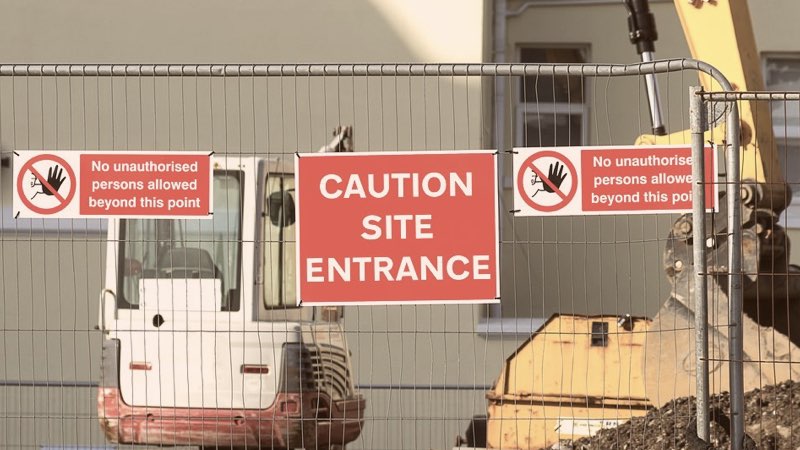Maintaining site security in vast areas with limited resources and a far-from-unlimited budget can be difficult. But there are tools to that have a high ROI due to cost effectiveness and improved efficiency. In industries with widespread jurisdiction, such as rails and utilities, general safety is a priority, but in this post, we will focus on securing the valuable assets in these large areas.
Working solely with clients that have increasingly mobile team members, we’ve grown to understand the security challenges specific to large contract workforces. When access is granted to a high number of contractors, it’s increasingly difficult to maintain checks and balances.
For example, in the rails industry, vandalism can be common and seemingly unavoidable, especially when people are entering and exiting the work sites in high volumes. After an act of vandalism, the cost to refurbish a single railroad car can be upwards of $10,000. Thanks to the advent of perimeter security technology, it’s now fully manageable to increase site security for freight railroading. In one particular case, perimeter security was utilized through thermal cameras, which created highly reliable, real-time detection. Now, these cameras can be used to stop an incident in progress or prevent it altogether.
In addition to damage to physical assets, companies are also considering the world we live in and evaluating the potential risks involved with cyber-attacks. In Utility Dive’s fourth annual State of the Electric Utility Survey, 600 utility professionals named cyber and physical security the most pressing concern for their companies. Nearly 75% of those professionals described cybersecurity an important issue. One way to mitigate grid security risks is to properly check contracted workers through comprehensive background screenings.
Let’s explore other best practices for increasing site security for large mobile workforces.
Site Security Begins Before Hiring Vendors and Contractors
Prevention is the name of the game when managing large mobile workforces across vast work sites. Work directly with your procurement team to develop strong supplier qualification criteria. Keep this criteria top of mind when performing background checks to guarantee consistent quality levels for all incoming employees, contractors, and subcontractors.
Stay Up-To-Date on the Latest Identification Technology
The future is mobile and the future is now. More and more apps and technologies are becoming readily available for managers with large mobile workforces. These applications allow you to track incidents in real-time and monitor your workforce and their qualifications easily and efficiently. As the costs of these technologies decrease, the overwhelming benefit of mobile identification and badges will become more widely available, making real-time reporting the new standard.
Move Towards a Cloud-Based, Centralized Access Control System
It’s virtually impossible to be in all places at once on your work site. But thanks to cloud-based technology, you can get close to making this a reality. Cloud-based security technology allows your team to manage one or multiple locations from any device, for moments when you need to quickly remove access to an area or use a lockdown mode to mitigate vandalism or a security breach.
Utilize Real-Time Location Tracking and Virtual Site Check-In
Tracking and GPS systems allow you to monitor contractors’ locations from any device, at any time. That’s why companies are moving towards digital vendor tracking for their mobile workforce. For example, some programs allow you to create a geofence perimeter to monitor when a contractor has entered and exited a work site. The benefits go beyond security and can help streamline billing and invoicing.
Perform Ongoing Screening to Ensure Consistent Brand Protection
It’s likely that you’re performing initial background checks prior to hiring, but you shouldn’t stop there. Regular screening throughout the vendor relationship is critical for consistent management of site security. Factors can change and if you’re not continually screening your vendors and suppliers, there could be changes, such as legal trouble, that could trickle down to your work site through vandalism or theft.
Remember that first comes prevention, then comes security management. By taking steps to mitigate risk from day one of your contractor and vendor relationships, you can help reduce overall issues when it comes to site security.
We are here to be a resource for anyone working in the rails, utilities, or even venue management industries. If you have any questions about contractor and subcontractor tracking or screening, do not hesitate to reach out to here our team by clicking here. Thank you for reading!
**This article is for informational purposes only. It is not intended to constitute legal advice.


